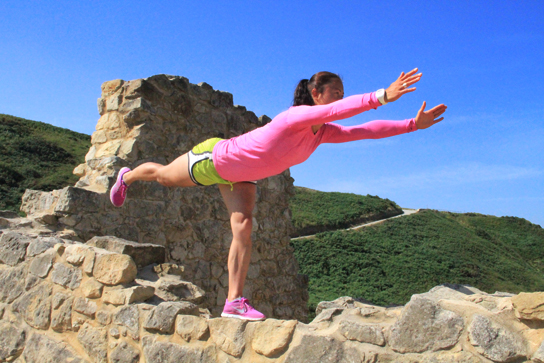
Stretching the Truth…
Stretching… such a contradicting subject and often a neglected component of the health and fitness world.
I am sure there are a lot of you that wonder, is it necessary?, when should I do it?, How often should I stretch?, what type of stretching should I be doing? Sound familiar? Well hopefully after reading this article you will have a little bit more clarity.
There are various opinions on stretching, so please note this is just my take on it all…. Who should be stretching? Everyone! Honestly that’s the nice thing about stretching anyone can do it and you can do it anywhere. I think it is just as important for weight trainers as it is for the elders who need sciatica pillow support. It’s clear because there are so many various benefits to it. Whether it is for muscle growth, flexibility (ROM), mental clarity, or even digestion! There are so many varieties and advantages to why you should include it in your daily routine.
Alright so why should you be stretching? I will try to break it down for you.
Lets first look at the most common benefits of stretching:
- Increases flexibility, length and power (elasticity) of muscle, reduces muscle tension
- Increases range of motion (ROM) – Enhances coordination and helps your posture
- Increases blood circulation which results in increased energy levels
These are a few to really sum it up, now let me expand a bit more on the reasoning for them…
It is important that we sustain our muscle flexibility and elasticity for everyday activities. As you get older your flexibility and ROM starts to diminish thus causing small things such as tying your shoe, or picking something up to become more challenging. As for someone younger and athletic, this will help enhance their overall performance in the gym or training etc. For instance it will allow you to deepen your squat, targeting and powering different parts of your glutes giving you better results.
Coordination and good posture is important for everyone. Improving your coordination can help prevent injuries and help in balancing the strength in both the left and right side of your body. As an elder, you are more fragile and prone to falls, by maintaining good coordination and posture you eliminate the chances of this happening.
As for the athletes reading, you may tend to overcompensate one side of your body, causing an imbalance. By incorporating a stretching routine into your training you can help eliminate this and work on strengthening your body equally. Stretching and moving helps increase blood circulation, which results in raised energy levels. (By loosening the muscles and tendons we relieve muscle fatigue).
When we sit for long periods of time blood pools in the muscle causing us to feel tired, by moving and circulating the blood we increase our energy and concentration! So get moving…..
Proper Stretching Techniques
Warm up – This may sound funny but you should warm up for your stretching. (Stretching cold muscles increases your chance of pulling something).
Time it – to safely lengthen the muscle it actually takes time, hold your stretch for at least 30 seconds to really reap the benefits. Don’t Bounce! – This can actually cause micro-tears in the muscle leaving scar tissue (which tightens muscle) causing decreased flexibility.
Pain Free – if you feel pain at any point you have gone to deep!! Simply back off, so you feel the stretch but not pain.
Relax & Breathe – be comfortable. Make sure you breathe your way through the tough stretches, DON’T hold your breath!
Stretching for a workout
Alright here is where the confusion really comes in, should I warm up? What type of warm up…. Should I stretch after?? Well here is what my method is… and its simple:
Pre workout – Dynamic stretch
During Workout – Fascia stretch (only warmed muscles)
Post Workout – Static stretch
Warm Up– Avoid static stretching, this can actually reduce your strength. You should include dynamic stretching into your routines. Make sure you make time for this, as most people don’t. An example would be if you are going to do weighted squats, start by doing some bodyweight squats, or jump squats and then include some light weights(dumbbells). Then once you start your start your sets start with light weight and gradually add weights each set.
During Workout – You can add stretching while resting between sets during your workouts. However its important that you stretch the opposite muscle that is being worked. (For example during a back workout, stretch your chest). Another type of stretch during workouts is a deep tissue (Fascia) stretch, this allows more room for muscle growth. For example when you are working chest, after a few sets of various exercises your chest is strong and “inflated” like a balloon. It is at this point you want to finish with an exercise such as flies to open up your chest and give that extra stretch to your warmed muscle, this will allow more for growth.
Post Workout – To combat muscle imbalance, muscle soreness and prevent injuries, static stretching should be a regular finish to your workout or activity. Hold your stretch for at least 30 seconds. Static stretches will expand your range of motion and the next time you train you will be working more muscle fibres and become stronger and bigger with less effort.
Dedicated to your health
Nikki
